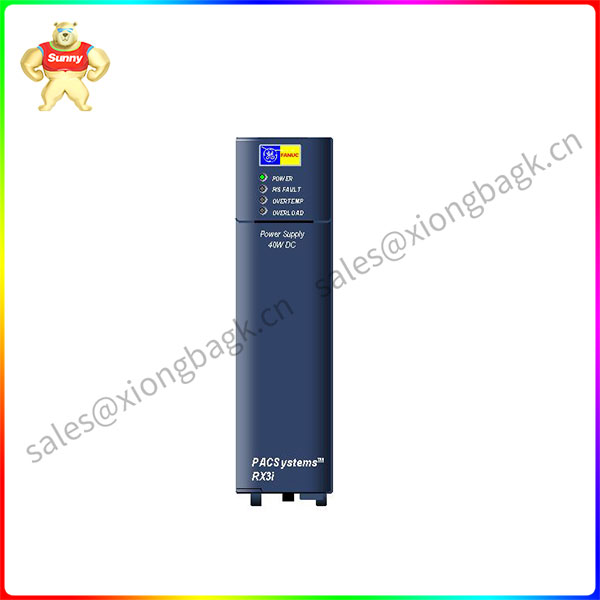Concerns about potential crises such as unplanned downtime have led to a huge increase in demand for predictive analytics software:
“According to relevant research data, the global predictive analytics market will grow from $12.5 billion in 2022 to $38 billion in 2028 in the next few years, with a compound annual growth rate of 20%.”
This broad outlook is driven by the growing maturity of artificial intelligence (AI) and machine learning (ML) technologies and algorithms, new ways to deploy predictive analytics at scale, and the availability and maintainability of data and systems.
With a wide variety of predictive analytics software on the market, businesses must consider variables such as return on investment (ROI) when weighing their potential deployment. The final choice of predictive analytics software “is hardware independent”, “is the best use of existing software investment”, “the solution is easy to deploy, maintain and scale” and many other factors are to be considered by the enterprise.
Human experience and intuition play an important role in assessing potential crises, but depending on the position and department, different employees are in different specific areas of expertise, and the “experience” of troubleshooting is therefore very different. For example, people from engineering or operations backgrounds often have very different ways of thinking about things when faced with the same problem.
While many predictive analytics solutions can provide exceptional alerts, an imminent crisis can be overlooked in the face of exceptional alerts if experience and insight are insufficient. Therefore, while making use of “human insight”, enterprises must also recognize the subjectivity in the process of finding and solving faults. At this point, the advantages of “tools” are highlighted.

On the basis of this data, users can immediately identify the problem, so that anomalies disappear in the bud. More importantly, the relevant data is recorded and reused for continuous improvement.
However, the “early warning” of the machine is not 100% accurate, and sometimes the alarm is not an early warning of unplanned downtime, but only the fault of the sensor, which greatly reduces the accuracy of the analysis. Unreliable data can cast a shadow of “crying Wolf” over analysis and decision-making.
Therefore, good predictive diagnostics need to be “right on target,” providing precise, real-time insights through customized data and diagnostic tools. AVEVA’s predictive maintenance solutions help organizations accurately prioritize repairs by estimating the timing of possible failures with efficient and accurate fault diagnosis.
Predicting when a failure will occur helps operations and maintenance teams “have a picture in mind” to determine whether to keep an asset running until the next scheduled maintenance shutdown or initiate an emergency shutdown. This also allows the team to more accurately predict potential supply chain issues and consider the lead time for spare parts. At the same time, prescriptive analysis can provide actionable tasks to remedy problems.
In this way, unplanned downtime is eliminated.
In turn, predictions can help operators determine whether to postpone planned maintenance tasks. Plant personnel can more effectively schedule repairs and assess risks, helping businesses prioritize safety and profitability.
 中文版
中文版




